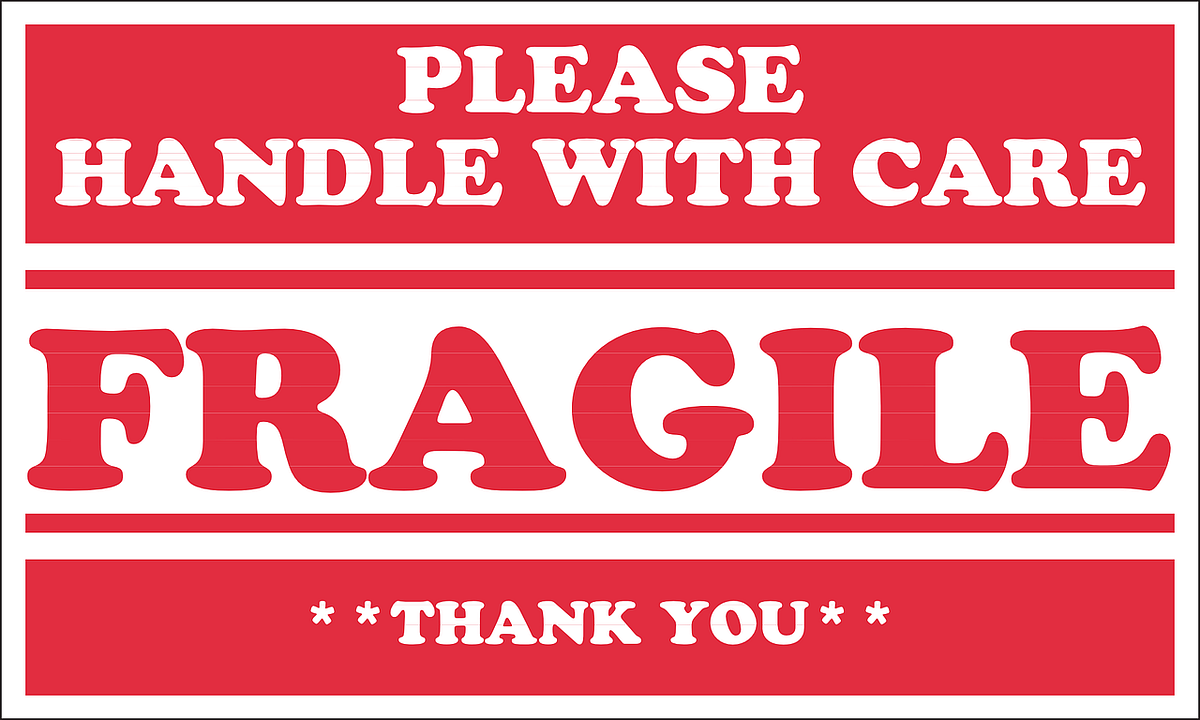The Rise of Frailty: Understanding and Reversing the Increasing Vulnerability in Older Adults
The content discusses the rising prevalence of frailty, a condition that makes individuals more susceptible to health problems and impairs their ability to recover from illnesses or injuries. Frailty is particularly common among older adults, with research indicating that approximately 10% of adults aged 65 and over experience frailty, and the prevalence can reach up to 50% for those aged 85 and above, especially in acute care hospital settings.
The content highlights the significant consequences of frailty, including an increased likelihood of falls (48% higher compared to non-frail individuals) and the resulting complications, such as hip fractures, nursing home admissions, and even mortality (20% die within 12 months after a fall). The issue is not limited to the elderly, as falls can also be common in adults aged 45-64 years old.
The rising prevalence of frailty in high-income countries is a major concern that requires effective interventions to address this growing challenge and improve the health and well-being of aging populations.
要約をカスタマイズ
AI でリライト
引用を生成
原文を翻訳
他の言語に翻訳
マインドマップを作成
原文コンテンツから
原文を表示
medium.com
Fixing Frailty: How to Reverse the Rise in Human Fragility
抽出されたキーインサイト
by Zachary Wals... 場所 medium.com 04-18-2024
https://medium.com/wise-well/fixing-frailty-how-to-reverse-the-rise-human-fragility-f7701279db2c
深掘り質問
